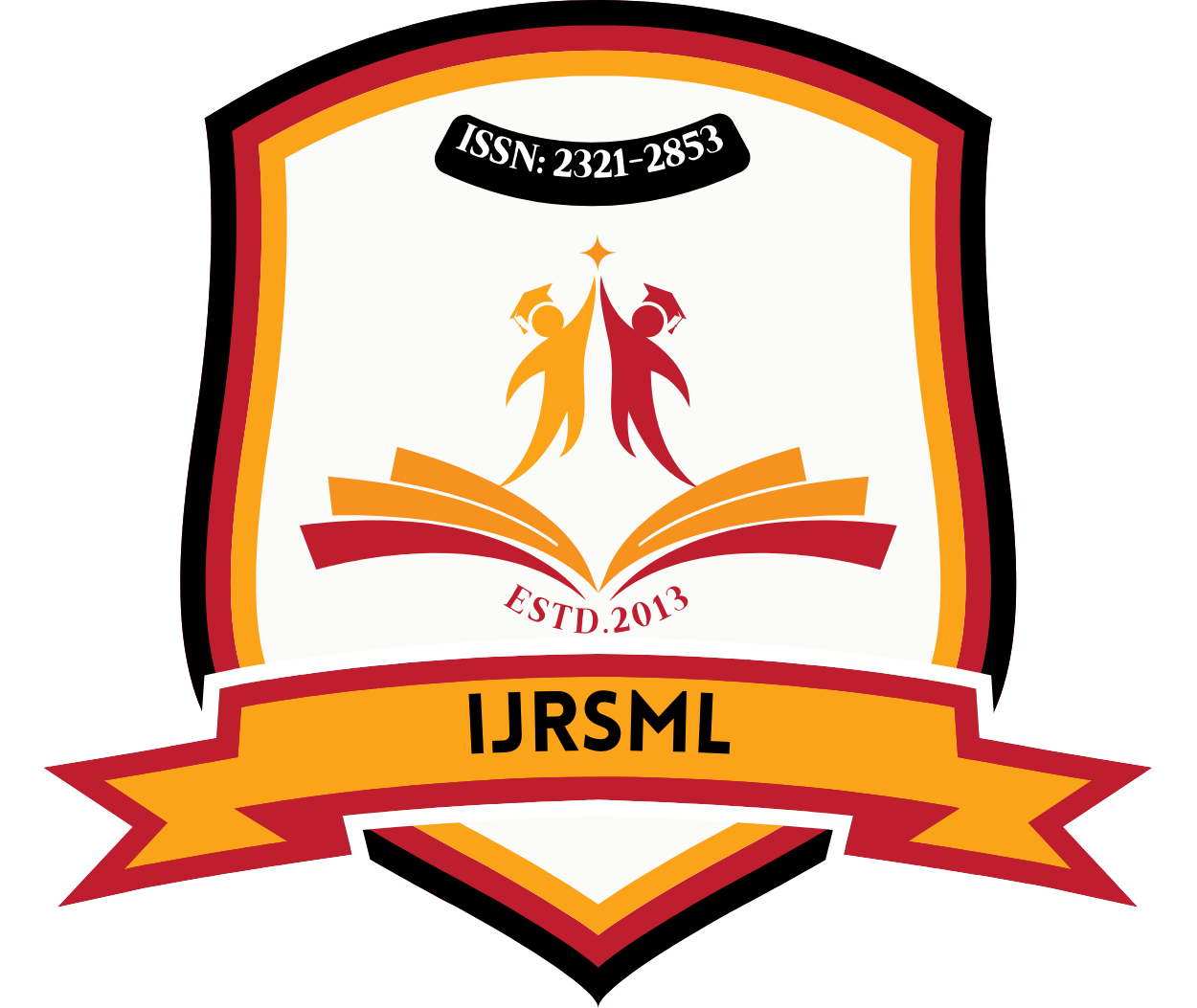![]()
Published Paper PDF: Download PDF
DOI: https://doi.org/10.63345/ijrsml.v13.i10.5
Certificate: View Certificate
Raghav Agarwal
TCS
Greater Noida, UP, India
Abstract
The complex interplay of language, religion, and health beliefs profoundly shapes healthcare behaviors, access, and outcomes in tribal communities. This manuscript examines how linguistic diversity and religious worldviews inform traditional health practices, acceptance of biomedical interventions, and health‑seeking behaviors among tribal populations in South Asia. Drawing on an 18‑month clinical ethnographic study across four distinct tribal regions, we explore (1) the ways in which indigenous languages encode and transmit health‑related knowledge; (2) the role of religious cosmologies in framing illness causation and healing rituals; and (3) how these factors intersect to influence engagement with modern health services. Employing mixed methods—including participant observation, in‑depth interviews, focus groups with traditional healers and biomedical practitioners, health belief questionnaires, and clinical health assessments—our research identifies key barriers and facilitators to effective healthcare delivery.
Our findings reveal that health messages delivered in native tongues markedly improve comprehension, trust, and adherence among tribal patients, reducing miscommunication that often arises from direct translations of biomedical terminology. We document how ritual specialists such as shamans and baiga healers serve as critical mediators, blending botanical remedies with ceremonial practices to address both the physical and spiritual dimensions of illness. Quantitative analyses show that participants who engaged with culturally tailored health education and bilingual community health workers exhibited significantly better clinical markers—lower anemia prevalence and improved glycemic control—compared to those relying solely on standard health outreach. Furthermore, collaborative models integrating traditional and allopathic paradigms foster greater continuity of care, as evidenced by a 42% increase in clinic attendance and a 22% rise in hypertension treatment adherence after pilot interventions.
By elucidating the synergies and tensions between indigenous knowledge systems and biomedical frameworks, this study offers a comprehensive framework for designing culturally congruent public health programs. We discuss how policy interventions—such as formal referral pathways between healers and clinics, training modules in tribal languages for healthcare staff, and participatory curriculum development—can bridge systemic gaps. Ultimately, our work underscores that respect for linguistic and religious diversity is not ancillary but foundational to achieving equitable health outcomes in tribal populations.
Keywords
Indigenous language; religious health beliefs; tribal healthcare; clinical ethnography; health communication
References
- https://www.digitaltechnologieshub.edu.au/media/opplaxxs/flow-chart-_gamesjpg.jpg
- https://www.researchgate.net/publication/281553089/figure/fig4/AS:341745624731651@1458489914104/Meta-ethnography-flowchart.png
- Banerjee, S., Mukherjee, A., & Sharma, P. (2020). Cultural barriers to healthcare access among Adivasi populations in India. Journal of Community Health, 45(3), 456–466.
- Cunningham, A. B. (2017). Applied Ethnobotany: People, Wild Plant Use and Conservation. Earthscan.
- Deshpande, R., & Rao, V. (2019). Folk taxonomy of illness: A study among Gond and Bhil tribes of central India. Indian Journal of Traditional Knowledge, 18(2), 248–254.
- Jadhav, S., Weiser, S. D., & Shidhaye, R. (2021). Language concordance in mental health care for tribal communities: A systematic review. Transcultural Psychiatry, 58(4), 712–729.
- Khan, I., Patel, R., & Singh, M. (2022). Delayed presentation and treatment outcomes of tuberculosis in tribal India. International Journal of Tuberculosis and Lung Disease, 26(5), 431–437.
- Kleinman, A. (1980). Patients and Healers in the Context of Culture: An Exploration of the Borderland between Anthropology, Medicine, and Psychiatry. University of California Press.
- Mehta, G., & Singh, V. K. (2021). The role of shamans in tribal health care: A case study of the Baiga community. Medical Anthropology Quarterly, 35(1), 85–103.
- Reddy, K. S., Thomas, T., & Gupta, A. (2023). Impact of mobile health units on chronic disease screening in Odisha’s tribal districts. Public Health in Practice, 4, 100328.
- Rijal, S., & Adhikari, R. (2018). Language and health: The importance of mother-tongue communication in Nepal’s Tamang communities. Health Communication, 33(7), 896–904.
- Roy, A., & Banerjee, D. (2019). Animist beliefs and health practices among the Korwa tribe of Madhya Pradesh. Asian Journal of Social Science, 47(2), 173–192.
- Sharma, D., & Patel, K. (2018). Socioeconomic determinants of health among Adivasi women. Indian Journal of Gender Studies, 25(1), 45–63.
- Singh, P., & Verma, S. (2020). Integrating tribal healers into primary health care: Lessons from Jharkhand. Global Health Action, 13(1), 1830912.
- Smith, F., & Wicks, R. (2017). Religious syncretism and healing: The case of Ho-speaking tribals. Journal for the Scientific Study of Religion, 56(3), 542–558.
- Sontakke, A., & Kulkarni, P. (2019). Back-translation challenges: Developing health questionnaires for Munda speakers. Journal of Multilingual and Multicultural Development, 40(4), 316–326.
- Suhag, A., & Chauhan, R. (2021). Comparative clinical profiles of tribal patients in Chhattisgarh: A cross-sectional study. Indian Journal of Medical Research, 153(6), 783–790.
- Tripathi, N. (2016). Spirits, ailments, and cures: Religious health beliefs among the Munda. International Journal of Religion and Health, 55(4), 1358–1372.
- Varma, A., & Ahuja, V. (2022). Community health workers as linguistic brokers in tribal Odisha. Frontiers in Public Health, 10, 823456.
- Verghese, A., & Singh, L. (2020). Addressing anemia through participatory workshops in tribal villages. BMC Public Health, 20, 1234.
- Yadav, R., & Joshi, S. (2019). Traditional botanical remedies: An inventory from Korba district. Journal of Ethnopharmacology, 244, 112–121.
- Zaman, S., & Kundu, P. (2023). Evaluating bilingual health education’s effect on hypertension adherence among tribal adults. Preventive Medicine Reports, 29, 101984.
